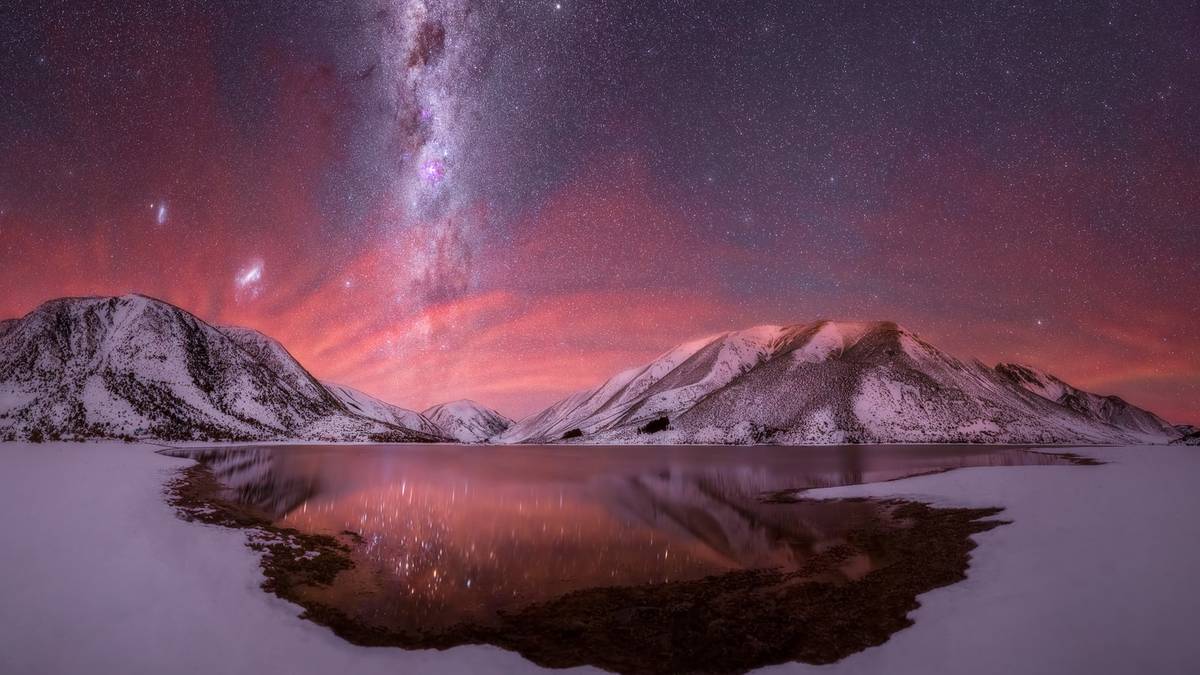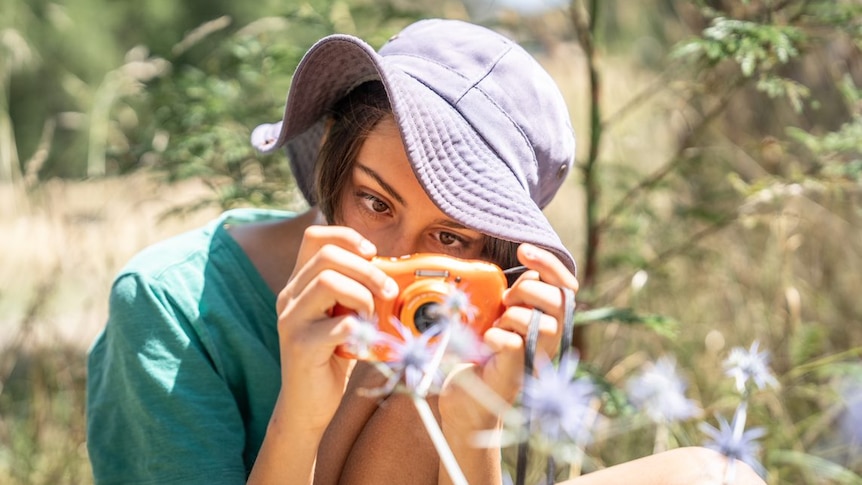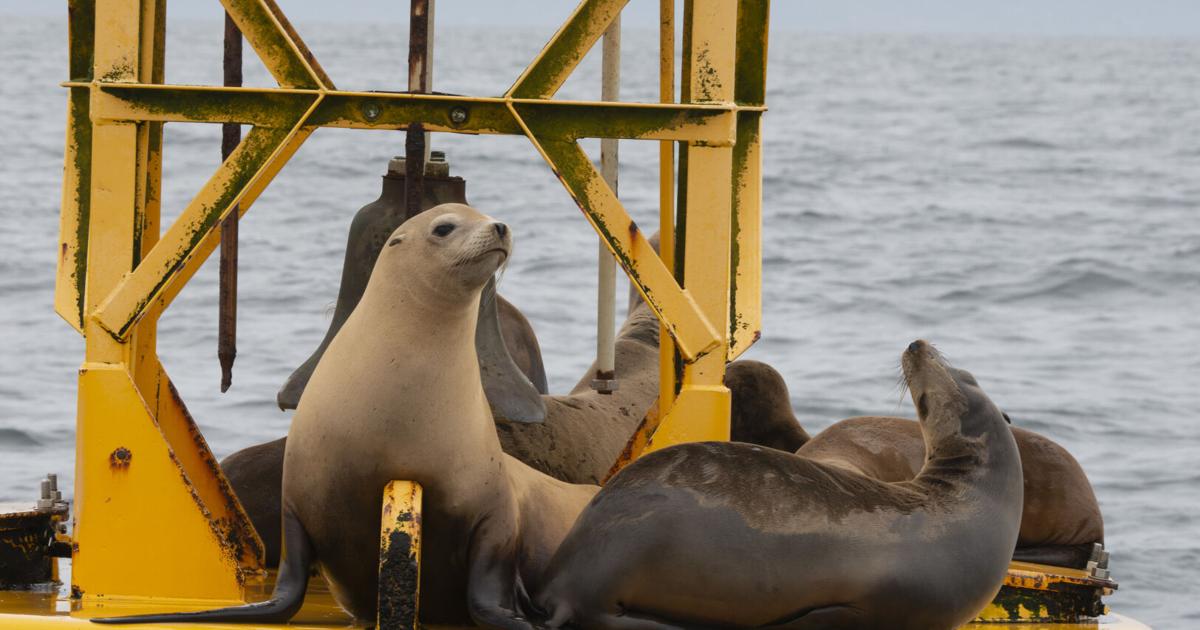[ad_1]
“Winter’s Airglow” – Southern Alps, New Zealand. Photo / Larryn Rae, Capture The Atlas, Milky Way Photographer of the Year
Stargazing might be the most universal of pastimes. At every point on the planet, since ancient times, people have been looking heavenwards for after dark. Looking for our place in the universe. If there’s one unifying cosmological landmark it would have to be the Milky Way.
In China it is referred to as the ‘Heavenly River’, in parts of Eastern Europe it is a ‘Pathway of the Birds’ and sub-Saharan Africa has names including the Backbone of the Sky. Although it has many names it’s a view out on our place in the Galaxy we all share. There is also only one Milky Way of the Year Awards.
Now in its sixth year, the specialist astrophotography award has had submissions from across six continents. Awards hosts Capture The Atlas has published 25 stellar images in their annual shortlist, showing details you’d never see with the bare eye.
Three of which were taken in New Zealand.
Advertisement
Advertise with NZME.
New Plymouth-based Brendan Larsen found his perfect view of the milky way over the photogenic Mt Taranaki. Determined to get the perfect shot the camera was angled towards the maunga to align with the star belt at 2.30am.
“I’m really pleased with how many colours I was able to capture with my camera, filters, and long exposures,” said Larsen.
/cloudfront-ap-southeast-2.images.arcpublishing.com/nzme/IPZCYRC3E5APHICAQDNEBVVNZI.jpg)
Taranaki, New Zealand. Photo / Brendan Larsen, Capture The Atlas, Milky Way Photographer of the Year
Larryn Rae was another Kiwi photographer staying up late in the mountains for the perfect shot.
“This was some of the craziest airglow I have ever seen! Airglow is when atoms get charged and excited in the upper atmosphere by the sun and emit this wonderful colour and cloud-like pattern.” The veteran Auckland-based photographer had been shortlisted in previous years.
Advertisement
Advertise with NZME.
Larryn wasn’t the only photographer to capture a night sky tinged with the Southern lights.
18-year-old Tom Rae was photographing the skies over Lake Tekapo when – to his delight – dancing lights formed on the horizon.
/cloudfront-ap-southeast-2.images.arcpublishing.com/nzme/FKT43MXEB5CSBI5JRB6ZY2VNKI.jpg)
Lake Tekapo, New Zealand. Photo / Tom Rae, Capture The Atlas, Milky Way Photographer of the Year
“Midway through my Milky Way panorama, a faint glow appeared on the horizon—my first aurora! What followed was a spectacular light show of flowing beams and vibrant colours.” The young photographed described his “limited time photographing the night sky” has been both “awe inspiring”, if sometimes frustrating.
While the starry view of the Milky Way was a unifying theme judge Dan Zafra was looking for local landmarks and recognisable locations to ground the astral scenes.
Apart from New Zealand’s Southern Alps other earthly backdrops included Patagonian Chile’s Torres del Paine and the alien-looking bottle trees of Socotra – near Yemen.
“Modern cameras can capture vibrant details and colours in the night sky beyond what our eyes can see,” said Zafra. “However, what really matters in any great image is the photographer behind the camera, who provides the idea, plan, and creativity to bring the image to life.”
/cloudfront-ap-southeast-2.images.arcpublishing.com/nzme/S52CUDBHJ5ETRCKEF6VDMYNJ6Y.jpeg)
/cloudfront-ap-southeast-2.images.arcpublishing.com/nzme/3WO2V2CJ5RBKPH3DD3GKPQFESM.jpg)
/cloudfront-ap-southeast-2.images.arcpublishing.com/nzme/SHMFRNFCNRBHFIVQCDM67P43GQ.jpg)
[ad_2]


